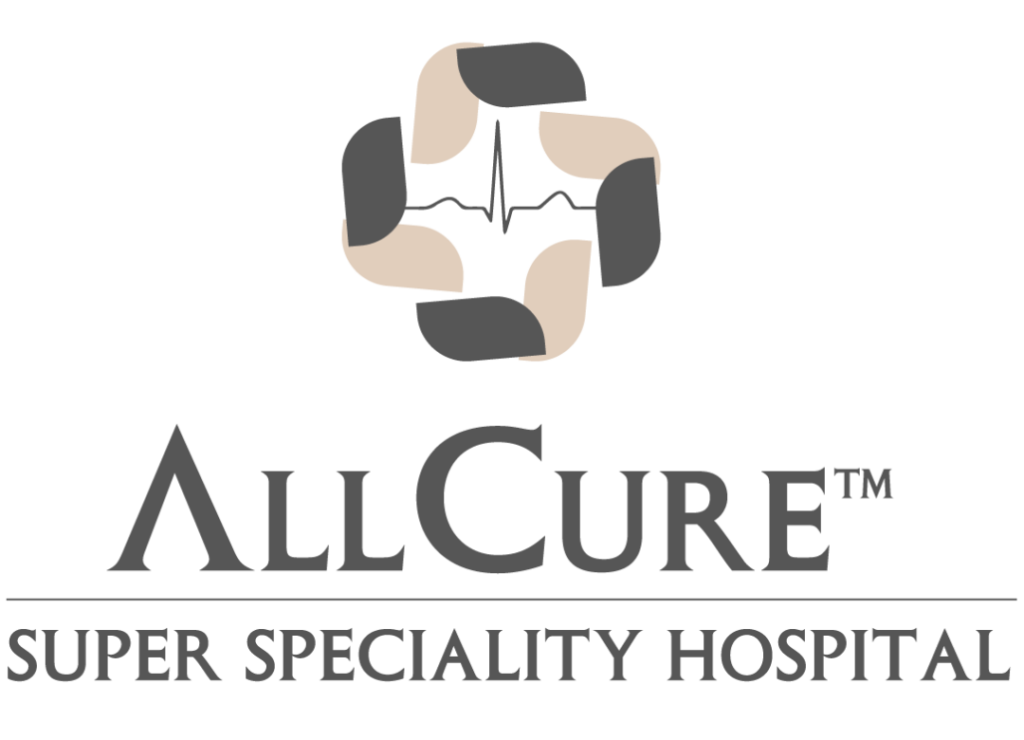Glaucoma is often called the silent thief of sight, gradually reducing vision without noticeable warning signs. Raising awareness about its symptoms and risks is essential for saving sight and improving lives. Observances like Glaucoma Day encourage people to prioritize their eye health and get regular check-ups. This blog explains this vision-threatening condition, including its causes, symptoms, prevention, and treatment, empowering you to protect your vision.
“Your eyes are your window to the world — don’t let this disease close the shutters.”
What Is Glaucoma?
This term refers to a group of eye disorders that damage the optic nerve, which is critical for clear vision. The damage is often linked to high pressure inside the eye, known as intraocular pressure (IOP). If untreated, the disease can lead to irreversible blindness.
- Definition: A collection of disorders causing optic nerve damage, often associated with increased eye pressure. Learn more from trusted sources like the Glaucoma Research Foundation.
- Meaning: Its name originates from a Greek word meaning “clouded vision,” reflecting the impact on sight.
How It Affects Vision
The disease primarily starts by reducing peripheral (side) vision and can eventually result in complete blindness. Damage to the optic nerve disrupts the transmission of visual signals to the brain, causing progressive vision loss.
Types of the Disease
- Open-Angle Form: The most common type, developing gradually as the eye’s drainage system becomes less effective, leading to pressure buildup.
- Angle-Closure Type: A rare, sudden form where the drainage angle is blocked, causing a rapid spike in pressure. This is a medical emergency requiring immediate treatment.
Understanding Its Causes
Common Causes:
- High Eye Pressure: Due to improper fluid drainage in the eye.
- Genetics: A strong hereditary factor.
- Chronic Conditions: Diabetes, severe nearsightedness, and high blood pressure elevate risk.
Why It Occurs:
The optic nerve can be damaged by elevated intraocular pressure caused by fluid buildup or insufficient blood flow to the nerve.
Risk Factors:
- Age: Over 40 years old.
- Family History: A significant predictor.
- Health Issues: Conditions like diabetes or hypertension increase susceptibility.
Symptoms and Early Detection
Early Signs:
- Gradual loss of peripheral vision.
- Seeing halos around lights.
Advanced Symptoms:
- Blurred or tunnel vision.
- Severe headaches or eye pain (common in angle-closure cases).
Diagnostic Tools:
- Tonometry: Measures pressure inside the eye.
- Visual Field Test: Detects blind spots and vision loss.
- Optic Nerve Imaging: Identifies damage to the optic nerve.
Treatment Options
Although this eye condition cannot be cured, its progression can be slowed or halted with proper care:
- Eye Drops: Reduce intraocular pressure.
- Laser Therapy: Helps improve fluid drainage.
- Surgery: Procedures like trabeculectomy or minimally invasive surgeries address pressure in advanced cases.
Advances in Research:
Scientists are exploring optic nerve regeneration, providing hope for reversing damage. For updates, visit NIH Glaucoma Research.
Preventing Vision Loss
Key Steps to Maintain Eye Health:
- Regular Exams: Early detection is crucial.
- Lifestyle Adjustments: Exercise, manage stress, and limit caffeine and sugar intake.
- Nutrition: Consume leafy greens, omega-3-rich fish, and foods high in vitamin C.
- Chronic Disease Control: Properly manage conditions like diabetes and hypertension.
At-Risk Populations
- Younger Individuals: Though more common in older adults, congenital cases can occur in children or young adults.
- Diabetes and Vision: Maintaining healthy blood sugar levels and regular check-ups is essential to prevent optic nerve damage.
Comparing It to Other Eye Conditions
- Cataracts: Unlike cataracts, which cloud the lens, this condition damages the optic nerve.
- Retinal Diseases: Affects the optic nerve rather than the retina.
- Nearsightedness: Severe myopia increases the risk of developing optic nerve issues.
Living with Vision Loss
Managing this condition requires following treatment plans and making lifestyle adjustments to maintain quality of life:
- Take medications as directed.
- Use visual aids for assistance.
- Offer emotional support to loved ones affected.
FAQs About the Condition
- Can it affect one eye only? Yes, but it often progresses to both eyes over time.
- Can surgery treat it? Yes, especially in advanced stages.
- Is it curable? No, but early intervention can control its progression.
- Can damage be reversed? Not yet, but research offers hope for future treatments.
Protect Your Vision Today
Vision loss often starts without noticeable warning. By understanding this condition’s causes, early signs, and treatments, you can take control of your eye health. Schedule a check-up at trusted facilities like All Cure Hospital to safeguard your sight. Taking proactive steps today ensures a brighter, healthier future.
